Last Updated: November 4, 2025
Mass Killings in Sudan: Timeline, Facts and What Happened in El Fasher
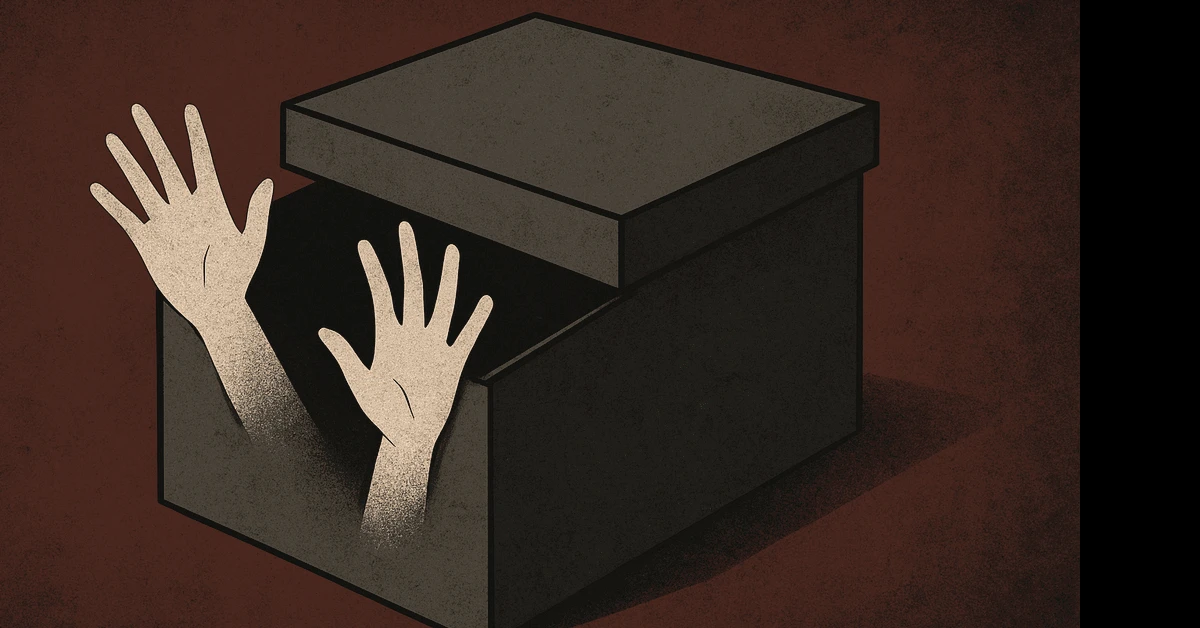
This article summarises the available verified information about the recent mass killings reported in Darfur, Sudan — explaining how events unfolded from the broader conflict that began in 2023 to the capture of El Fasher in late October 2025 and the allegations, displacement and international reactions that followed. Where possible the piece relies on on-the-record statements and open reporting; many investigations are ongoing and facts may be updated as new evidence emerges. Key independent institutions have warned the killings may amount to war crimes.
Quick summary (for readers who want the headline)
Sudan’s civil conflict that began in April 2023 has escalated into extreme violence in Darfur. Paramilitary Rapid Support Forces (RSF) seized the key city of El Fasher after a long siege; survivors, aid groups and UN officials have reported house-to-house killings, summary executions and large-scale abuses against civilians during and after the takeover. Tens of thousands fled; satellite evidence and eyewitness accounts have been used to document alleged mass graves and killings. International bodies including the International Criminal Court have warned that documented acts could constitute war crimes.
Background: how the conflict began
In April 2023 fighting broke out between Sudan’s regular armed forces (SAF) and the Rapid Support Forces (RSF), a powerful paramilitary group that traces roots to earlier Darfur militias. The conflict quickly widened across the country and re-ignited long-running tensions in Darfur, where previous campaigns in the 2000s caused mass killing and displacement. From 2023 onwards both sides and affiliated militias have been accused of grave abuses.
Why Darfur and El Fasher matter
Darfur has been a central and particularly brutal front because of its ethnic divisions, history of inter-communal violence and the presence of large displaced populations. El Fasher, the capital of North Darfur, had been one of the last major cities in Darfur where the national army maintained a presence and where more than a million displaced people had sought refuge from earlier fighting. The fall of El Fasher therefore had immediate and far-reaching humanitarian consequences.
What happened during and after the fall of El Fasher (end of October 2025)
After months of siege, RSF fighters moved into El Fasher in late October 2025. Multiple independent media outlets, aid organizations and survivor testimonies report that RSF forces carried out large-scale killings as they took control: door-to-door searches, summary executions, and targeted violence against civilians from certain ethnic groups. Satellite imagery researchers reported clusters consistent with bodies and discolouration on the ground consistent with mass casualties. The RSF has denied the accusations.
Reported scale of killings and displacement
Different sources and institutions have provided evolving figures as the situation developed. Reports from local medics, humanitarian groups and UN agencies describe large numbers of civilians killed, thousands displaced overnight, and tens of thousands fleeing toward neighbouring towns and camps. Some estimates documented by media and aid agencies indicate thousands killed and many more missing; other credible bodies emphasise the need for careful verification while warning that the scale of atrocities appears extremely high. The International Organization for Migration and local agencies reported large flows of displaced people heading to towns such as Tawila and beyond.
Types of alleged abuses
Eyewitnesses, survivors and aid workers reported a pattern of abuses during and after the takeover: unlawful killings, sexual violence, torture, looting of civilian property and attacks on health facilities. Hospitals and clinics were overwhelmed or attacked, reducing access to urgent care. Humanitarian workers and doctors described scenes of executed civilians and wounded people unable to leave besieged areas. Several humanitarian and rights organisations called these acts “mass atrocities” and urged immediate protection for civilians.
Evidence used so far
Investigators and researchers have used a combination of methods: on-the-ground testimonies from survivors and aid staff, reports from local medical networks, and satellite imagery analysis showing changes consistent with mass casualties and large movements of people. Video and photographic material has circulated online and been assessed by verification teams, and multiple watchdogs are collecting and preserving evidence for potential legal review. Independent verification is still ongoing in many locations due to access limits and insecurity.
International and legal reactions
The International Criminal Court and other international bodies have warned that the patterns of violence documented in Darfur could amount to war crimes or crimes against humanity; prosecutors and rights groups have urged immediate investigations and accountability measures. Several governments and international organisations condemned the killings and called for humanitarian access, ceasefires and investigation. Senior humanitarian officials described the unfolding situation as “horrific” and warned of repeating the worst patterns from earlier Darfur campaigns.
Humanitarian impact and urgent needs
The immediate humanitarian consequences are severe. Large numbers of displaced civilians face shortage of food, water, shelter and medical care; overcrowded displacement sites increase the risk of disease and malnutrition. Aid agencies report difficulties accessing affected areas due to insecurity and logistical obstacles. Humanitarian organisations are calling for secure corridors, rapid relief delivery and protection for civilians and aid workers.
Why verification is hard — and why it matters
Conflict zones present obvious verification challenges: access is restricted, communications are disrupted, and combatants control the terrain. Yet independent verification matters for accountability, for documenting the scale of abuses and for directing humanitarian response. International investigators, satellite analysts and human rights organisations are continuing to collect and corroborate evidence to build a clearer, legally robust picture of what occurred.
Where the situation stands now and what to watch
As of the latest reporting, El Fasher remains under RSF control, with large displacement flows and continued reports of abuses in surrounding areas. International pressure for investigations and more humanitarian access is increasing. Key indicators to watch in the coming days and weeks include: independent access for investigators, verified casualty and displacement figures, opening of secure humanitarian corridors, and formal steps by international legal bodies to investigate alleged crimes.
Conclusion
The fall of El Fasher and the reports of mass killings in Darfur represent a deeply alarming escalation in Sudan’s prolonged conflict. Independent evidence is mounting that widespread atrocities have taken place, and international institutions warn these acts could meet the threshold for war crimes. At the same time, the security and humanitarian challenges on the ground make verification and response difficult. The priority for the international community and regional actors should be to secure humanitarian access, protect civilians, and support immediate, impartial investigations to establish facts and pursue accountability.
Frequently Asked Questions (FAQs)
Q: Who is the RSF?
A: The Rapid Support Forces (RSF) is a powerful paramilitary group in Sudan, rooted in earlier militia structures in Darfur. Since 2023 the RSF has been a principal belligerent against Sudan’s regular armed forces in a nationwide conflict.
Q: How many people have been killed in El Fasher?
A: Casualty figures are still being verified. Local medics and human rights groups have reported large numbers of civilian deaths and mass abuses; international agencies emphasise the need for further independent verification.
Q: Are these acts being investigated as war crimes?
A: International bodies including the ICC have warned that the documented acts could constitute war crimes or crimes against humanity, and are calling for investigations and accountability.
Q: How can concerned individuals help?
A: Support credible humanitarian organisations providing relief in the region, stay informed through reliable news sources, and support diplomatic efforts that press for protection of civilians and unhindered humanitarian access.
You May Also Like:

Sachin Tendulkar Life, Net Worth, Family, Businesses, and Untold Facts (2025)...

The Downfall of Bollywood: Similar to What Happened to Lollywood in the Past...
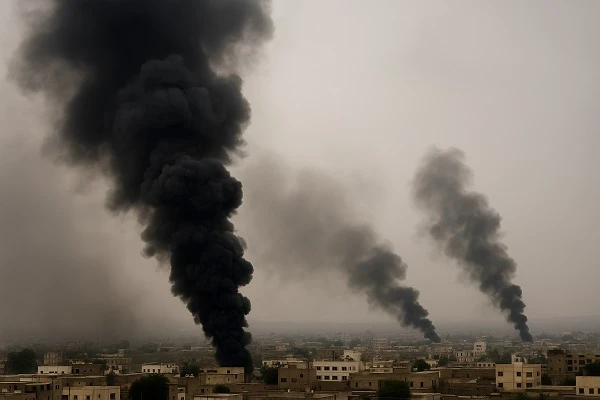
US Airstrike Targets Houthi-Controlled Oil Site in Yemen: What Really Happened...
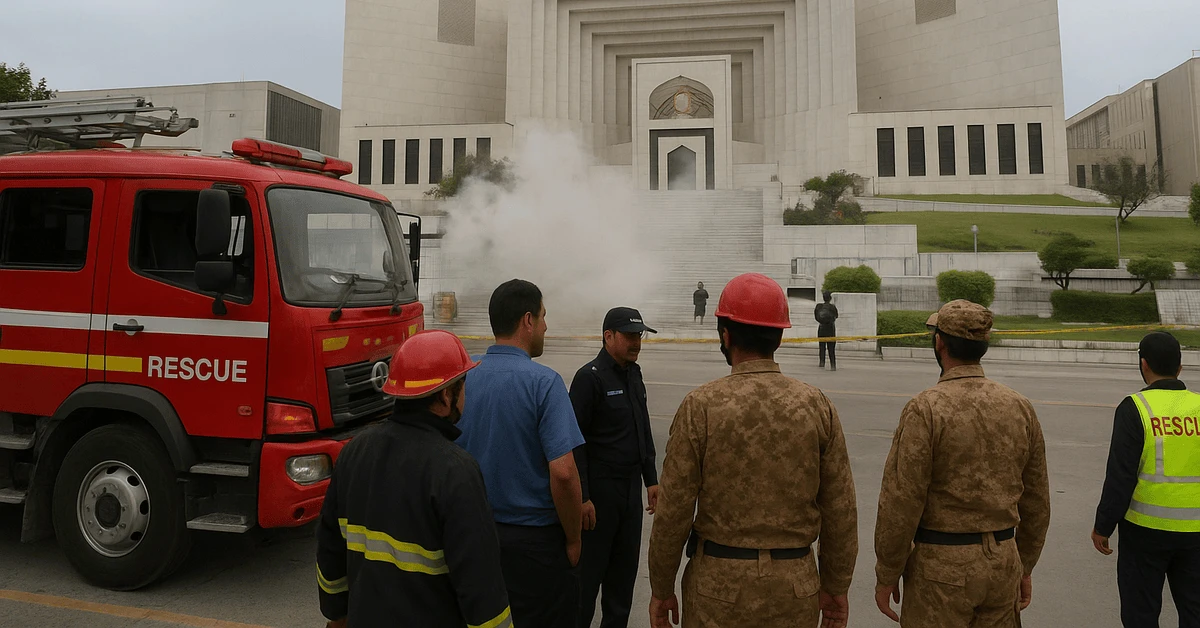
Cylinder Explosion at Supreme Court Pakistan: What Happened Today...
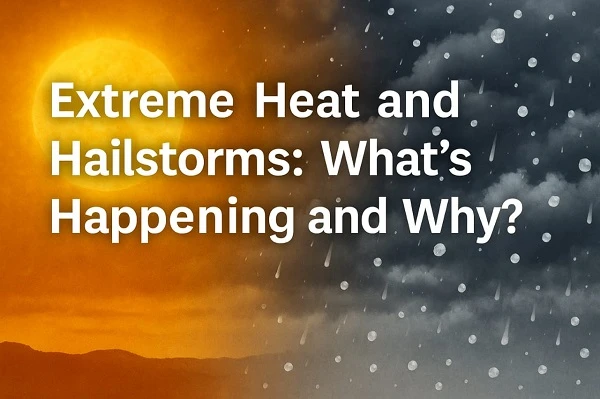
Extreme Heat and Hailstorms: What's Happening and Why?...

Coco Gauff: The Youngest Face of Power and Poise in Modern Tennis...
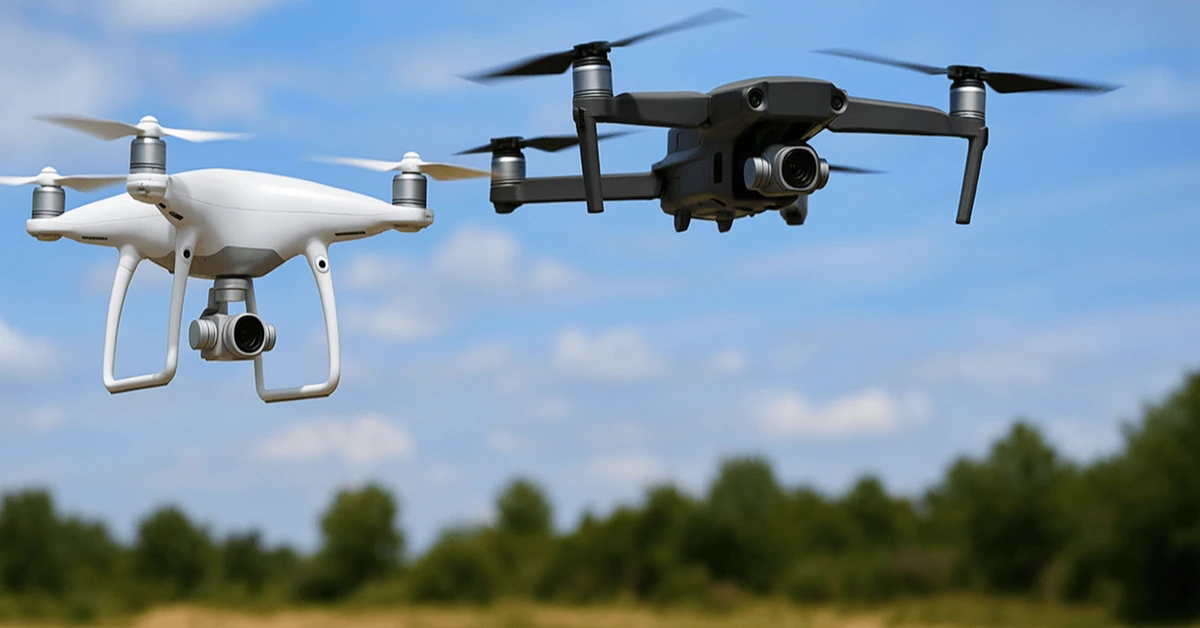
How Drones Are Changing Disaster Relief in Pakistan: Current Deployments, Case Studies, and a Roadma...

